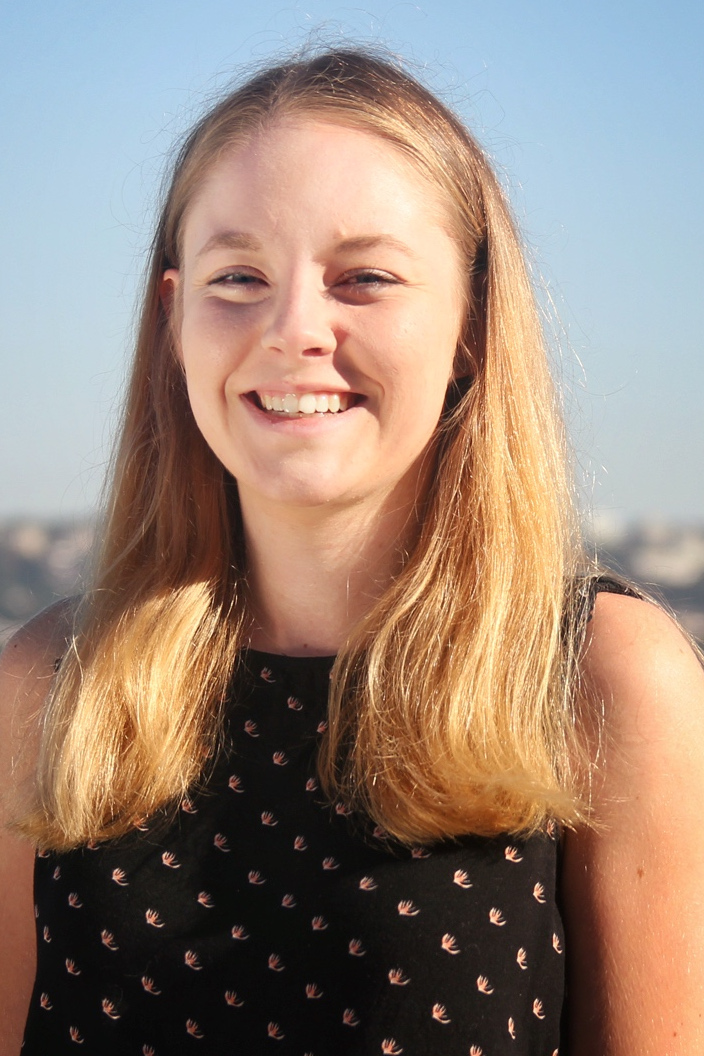Seminars
Wednesday, May 25, 2022 Grey Hall 14:30 - 16:00 (adresa za telekonferenciju)Robin Chan and Svenja Uhlemeyer: Detecting and learning the unknown in semantic segmentationSemantic segmentation is a crucial component for perception in automated driving. For this task, deep neural networks (DNNs) are commonly used, which are usually trained to operate on a closed set of object classes appearing in a closed operational domain. This is, however, in contrast to the open world assumption in automated driving that such semantic segmentation DNNs are envisioned to be deployed to. Therefore, DNNs necessarily face data that they have never encountered previously -- also known as anomalies -- which are extremely safety-critical to properly cope with. In our talk, we first present our Wuppertal working group including general topics our team deals with. Then, we present our research on detecting and learning semantically unknown objects in semantic segmentation. We demonstrate that training for high entropy responses on anomalous objects outperforms other established methods. Next, we examine a method to assess the occurrence frequency of anomalies in order to select anomaly types to include into a model's set of semantic categories. We demonstrate that these anomalies can then be learned in an unsupervised fashion, which is particularly suitable in online applications based on deep learning. Robin Chan is a researcher in the field of Computer Vision. After receiving a master's degree in mathematics and a year as intern at Volkswagen Group Research, he joined the stochastics group at the University of Wuppertal, Germany. His main research effort has been targeting the safety of perception systems for automated driving, with a special focus on uncertainty quantification of semantic segmentation models. This line of research is particularly recognized by the German Association of the Automotive Industry (VDA) within the project "KI Absicherung - Safe AI for Automated Driving". Just recently, he has earned his doctoral degree under the supervision of Hanno Gottschalk and has received the KI-Starter grant from the ministry of culture and science North Rhine-Westphalia, Germany to start his own post-doctoral research projects. Svenja Uhlemeyer is a researcher in the field of Computer Vision. After she graduated with a master's degree in mathematics in 2020, she joined the stochastics group at the University of Wuppertal, Germany. Her research contributes to the project AI delta learning, which was initiated by the German Association of the Automotive Industry (VDA). Her main research objective deals with an unsupervised extension of computer vision models to adapt to an enlarged set of semantic classes. Primarily, she focuses on open world semantic segmentation models for automated driving. |


|
Friday, December 3, 2021Mario Lučić: Learning general visual representations at scale |

|
Friday, July 2, 2021, D346 10:15 - 11:15Giorgos Tolias: Ranking on manifolds for learning with limited supervisionTraining Convolutional Neural Networks for computer vision tasks is an annotation demanding process. This talk presents our contributions (CVPR 2018, CVPR 2019, ECCV 2020) that rely on graph-based methods to dispense with or reduce the need for manually annotated data. In particular, we rely on ranking on manifolds that exploits the smoothness assumption, "if two points are close, then, so should be the corresponding output". The first part of the talk includes two approaches that rely on classical graph-based methods. First, we present an unsupervised framework for hard training example mining. The only input to the method is a collection of images relevant to the target application and a meaningful initial representation, provided e.g. by pre-trained CNN. We mine hard positive and hard negative examples by disagreements between Euclidean and manifold similarities. The discovered examples are used in training for metric learning with any pairwise loss. Second, we employ label propagation to make predictions on the entire dataset and use these predictions to generate pseudo-labels for the unlabeled data and train a deep neural network. This approach is shown effective for semi-supervised learning (SSL), especially in the few labels regime, and complementary to other SSL methods. The second part of the talk includes a recent approach that departs from classical label propagation and employs Graph Convolutional Networks (GCN) for noisy data cleaning. We consider the problem of learning a classifier from noisy labels when a few clean labeled examples are given. The structure of clean and noisy data is modeled by a graph per class and a GCN is used to predict class relevance of noisy examples, which is then used for classifier learning. This method is evaluated on an extended version of a few-shot learning problem, where the few clean examples of novel classes are supplemented with additional noisy data. Giorgos Tolias is an assistant professor and a member of the Visual Recognition Group at the Czech Technical University in Prague. Before that he was a postdoc at the LinkMedia team of Inria Rennes. He obtained his Ph.D degree from the National Technical University of Athens. He is a recipient of the Junior Star grant from the Czech Science foundation and is currently leading a research team in Prague. His research is in computer vision and large scale visual recognition. Slides: pdf |

|